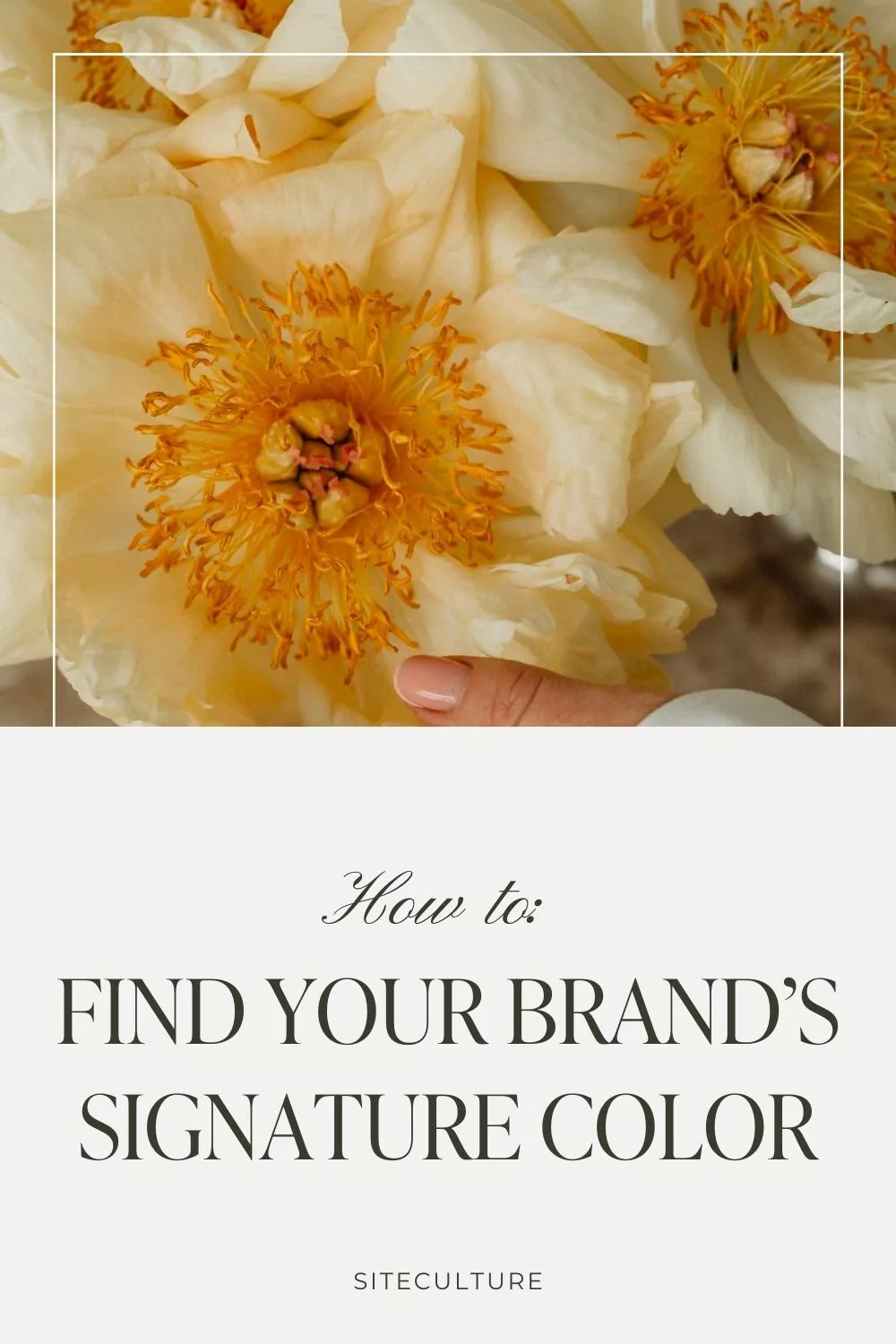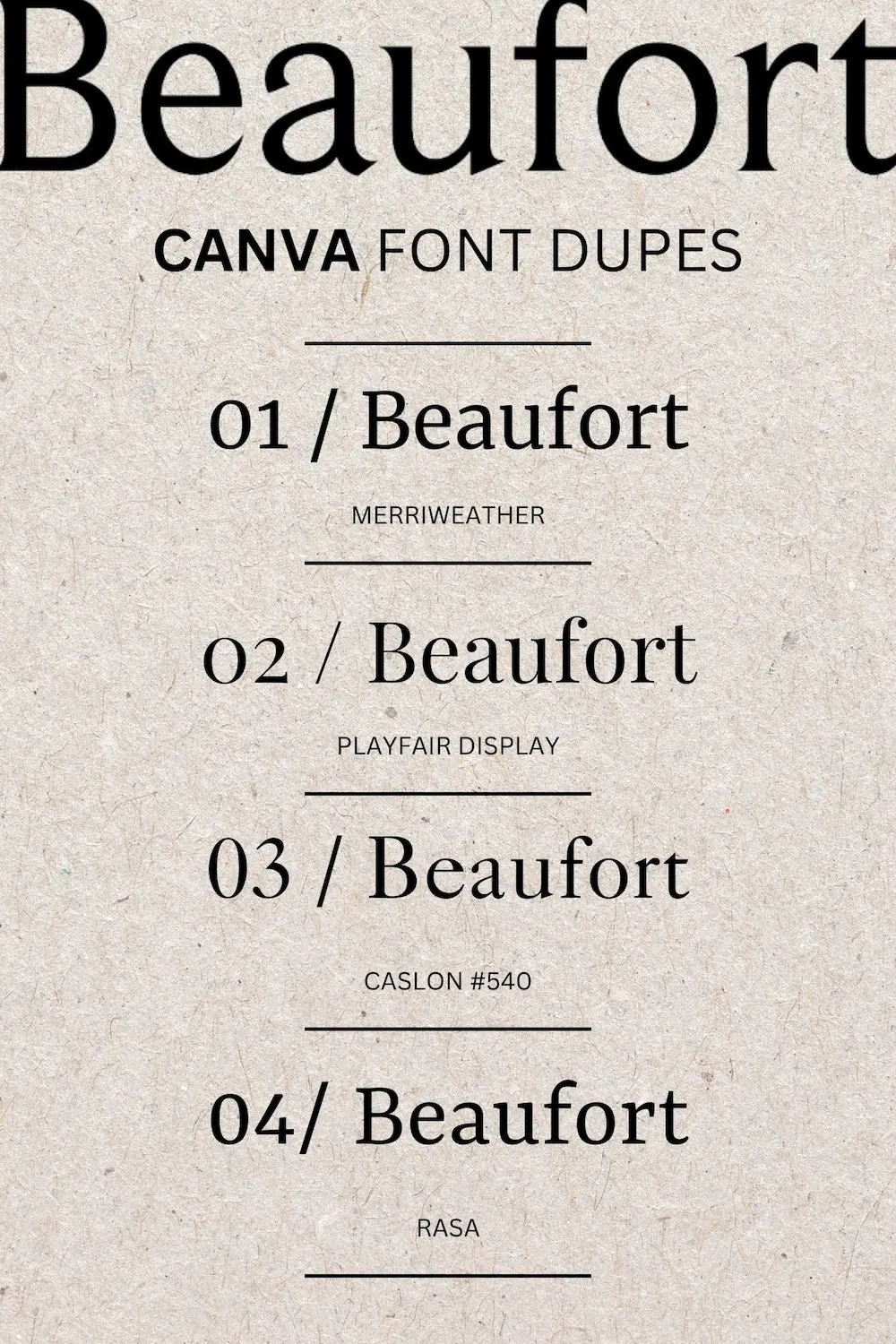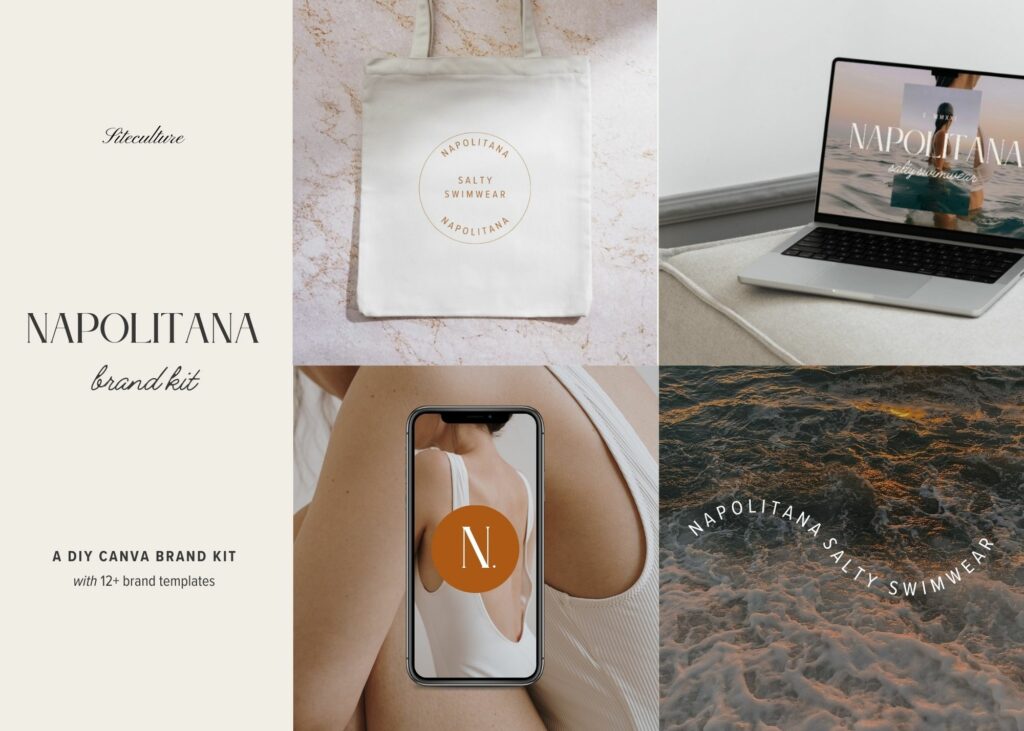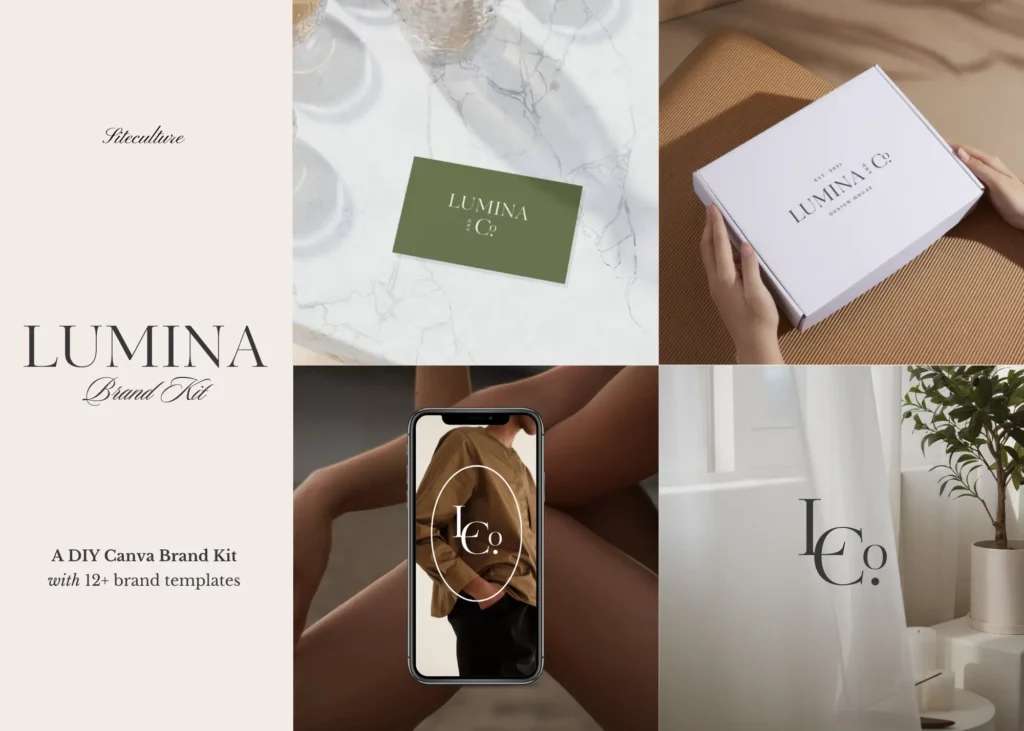In a world where brand identity is king, standing out is essential. For small businesses, the journey to brand recognition begins with finding your signature color. This color becomes a beacon for your brand, embodying its essence and communicating its values at a glance. Here’s a simple, step-by-step guide to discovering that perfect hue.

Why Having A Signature Color Matters for Your Brand
Choosing a signature color goes beyond making your brand look good; it’s a key move in your branding strategy. This color does more than catch the eye—it plays a big part in making people remember your brand.
Choosing the right color for your brand is important. Let’s see what research says:
- A study by Pantone says color can make people recognize a brand 80% more.
- Colorcom found that people decide if they like a product in 90 seconds. 90% of that decision is because of color.
- The University of Loyola also says color makes a brand more recognizable, up to 80%. It also makes more people read about it by 40%.
Articles in Entrepreneur and Forbes talk about this too. They say color is very important in marketing.
Choosing a good color for your brand helps people remember it. It makes your brand strong.
How to Find Your Brand’s Signature Color
Step 1: Start Finding Your Signature Brand Color By Diving Into Color Psychology
Color psychology is the science of how color affects human behavior and perceptions. Different colors can evoke different feelings and reactions. For boutique retail and lifestyle brands, choosing a color that aligns with your brand message is vital.
- Blue: Trust, calm, reliability. Ideal for brands promoting wellness.
- Red: Excitement, passion, urgency. Perfect for bold, dynamic brands.
- Green: Nature, health, renewal. Great for eco-friendly or wellness brands.
- Yellow: Happiness, creativity, warmth. Suitable for youthful, friendly brands.
- Purple: Luxury, creativity, sophistication. For high-end, exclusive brands.
- Pink: Femininity, warmth, playfulness. Versatile for fashion and beauty brands.
- Orange: Energy, fun, vibrancy. Appeals to innovative, adventurous brands.
- Black: Sophistication, luxury, elegance. Best for premium, upscale brands.
- White: Purity, simplicity, minimalism. Ideal for clean, modern aesthetics.
Understanding color theory and how colors make people feel helps you pick one that fits your brand best
Step 2: Reflect on Your Brand’s Core Values and Personality
Think about what your brand means. Is it modern or traditional? Fancy or easy to approach? Your main color should reflect this.
Here are some examples of businesses and choosing a color that reflects their personality:
Tech Startup: A company that creates cutting-edge technology might opt for cool and vibrant shades of blue to reflect its modern personality. Blue communicates reliability and trust, appealing to users looking for the latest in tech.
Luxury Jewelry Brand: A brand that sells high-end jewelry could select deep purples or golds as its signature color. These colors are often associated with luxury, royalty, and exclusivity, perfectly aligning with a brand that wants to showcase its sophistication and high-quality craftsmanship.
Health and Wellness Blog: A blog dedicated to promoting health and wellness might lean towards light blues and soft greens. These colors evoke feelings of calm, health, and rejuvenation, resonating with an audience interested in improving their well-being.
Children’s Toy Company: A business that sells toys for children could go for bright yellows or reds. These colors are lively, fun, and energetic, capturing the essence of childhood joy and appealing directly to kids and their parents looking for engaging and stimulating toys.
Artisan Coffee Shop: A coffee shop priding itself on artisanal brews and a cozy atmosphere might choose warm browns and creams. These colors suggest warmth, comfort, and a hint of rustic charm, inviting customers to relax and enjoy a quality cup of coffee in a welcoming environment.
Step 3: Consider Your Target Audience
Your audience’s preferences and cultural associations with colors can significantly influence their perception of your brand. Younger demographics might gravitate towards brighter, more vibrant colors, while an older audience may prefer muted or sophisticated shades. Research and understand your target market’s color preferences to ensure your signature color resonates well with them.
Step 4: Analyze the Competition
Look at the colors used by your competitors. Identifying a color that differentiates your brand while still appealing to your industry standard is crucial. This step makes sure you stand out in the marketplace without turning away potential customers.
Step 5: Test Your Colors
Before finalizing your choice, test your potential signature color across various mediums. See how it looks on digital platforms, print materials, and even product packaging.
Gather feedback from potential customers to gauge their reaction. Also, make sure the color works in all contexts relevant to your brand.
Create a Color Scheme around your Signature Color
Once you’ve chosen your signature color, consistency is key. Apply it across all branding materials to reinforce brand recognition. Here’s how to create a color palette around your signature color:
1. Choose A Signature Color:
This color will be the most prominent in your palette and represent your brand.
2. Add Complementary Colors:
Choose 2-3 accent colors that complement your signature color without overshadowing it. These should enhance the overall aesthetic and support your brand’s message.
3. Include Neutral Shades:
Incorporate 1-2 neutral colors (e.g., black, white, gray) to balance your palette and add versatility to your designs.
4. Test Your Brand’s Signature Color Across All Mediums:
Make sure your color palette works well in various applications, from your website to physical storefronts.
Finding your signature color is a thoughtful process that requires consideration of your brand’s identity, values, and audience.
The right color can set your small business apart, creating a memorable brand identity and fostering a deeper connection with your customers. Remember, in branding, the right color can speak volumes, making your brand not just seen but felt and remembered.












